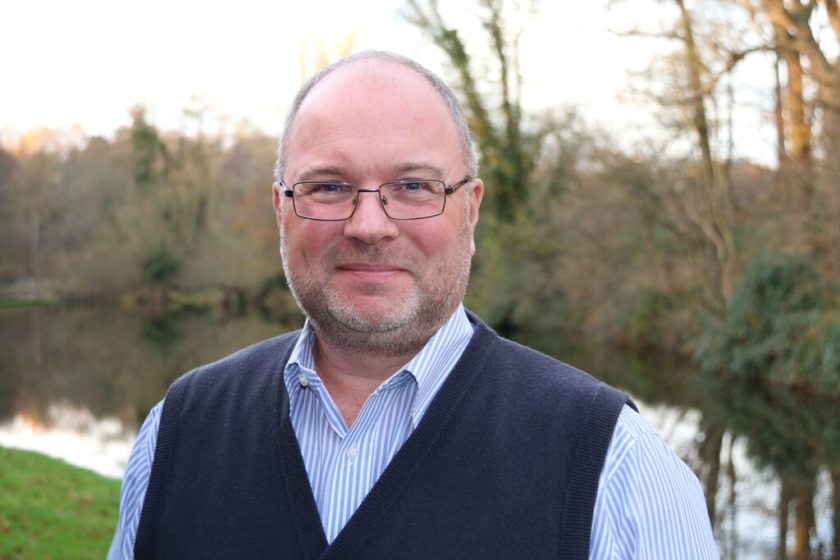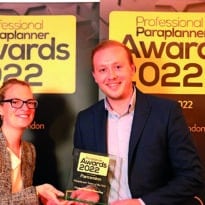Pro-active thinking
What makes the firm’s service stand out, Richard believes, is that the team is always “looking ahead and ensuring the client is not wanting for anything. We are pro-active rather than reactive.”
Although he describes some of the processes as ‘routine’, Richard says it is important that clients realise the extent of the work that is done for them. “Clients shouldn’t think they come here for a three to four hour meeting once a year and that’s it. There is an awful lot of work that goes on in the background,” he says.
In this respect, keeping clients informed about what’s going on is a “hugely positive” thing to do, he adds. “For example, if I’m having an issue with a particular product provider, say they are taking too long to provide the information I’ve asked for, or I find a mistake in a valuation, then it can be extremely useful to send an email to the client or post them an update. The client can see that their professional adviser knows what they are doing. It’s one of the reasons we don’t get many phone calls because clients are fully in the picture.”
By prioritising and managing the workload in the way described, Richard says, he ensures that he very rarely gets behind in his work. “I like the challenge of keeping everything under control. We don’t have piles of paper all over the place. I never like to have more than five pieces of paper in my in-tray at any one time. And it means when clients do ring in we will answer the phone within two rings.”
Quirkily, the firm’s office is in an old chicken shed in the grounds of the family home, which now is air conditioned and once provided a training room for Prestwood Software as well. The firm has some 60 clients and with his systems in place Richard says he can handle the workload without an administration person working alongside him. “That’s only because I’ve been here so long and we have put in place the procedures and processes and really got everything down to a fine art. You become so fluent in terms of the workflow that you’re not thinking about the process because that is so automatic. So you might be ringing a product provider for information but thinking what you need to do several steps down the line.”
As an example of the procedures the firm has put in place, Richard has already placed requests for information with product providers for financial plans he will be writing in January and February 2015. “I’ll give providers 30 days to respond to the request to take the pressure off them. Over the course of the month the data we can’t get electronically isn’t going to change significantly and giving providers a reasonable deadline means you are more likely to get back what you want by the time you need it.”
The biggest threat to paraplanners, and business in general, Richard suggests, is time. “We have to think this is the time we’ve got, how can we use it well? What can we cut out that we don’t need? The business almost runs itself because it’s automated and controlled. And having the procedures and processes in place you can get an awful lot done and it means you are better able to enjoy the work and the day,” Richard says.




























